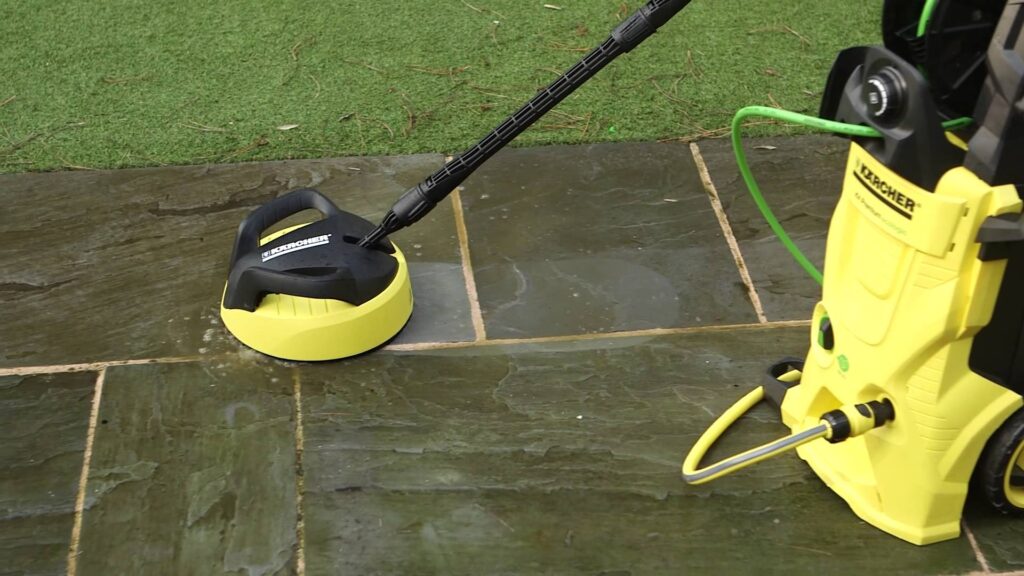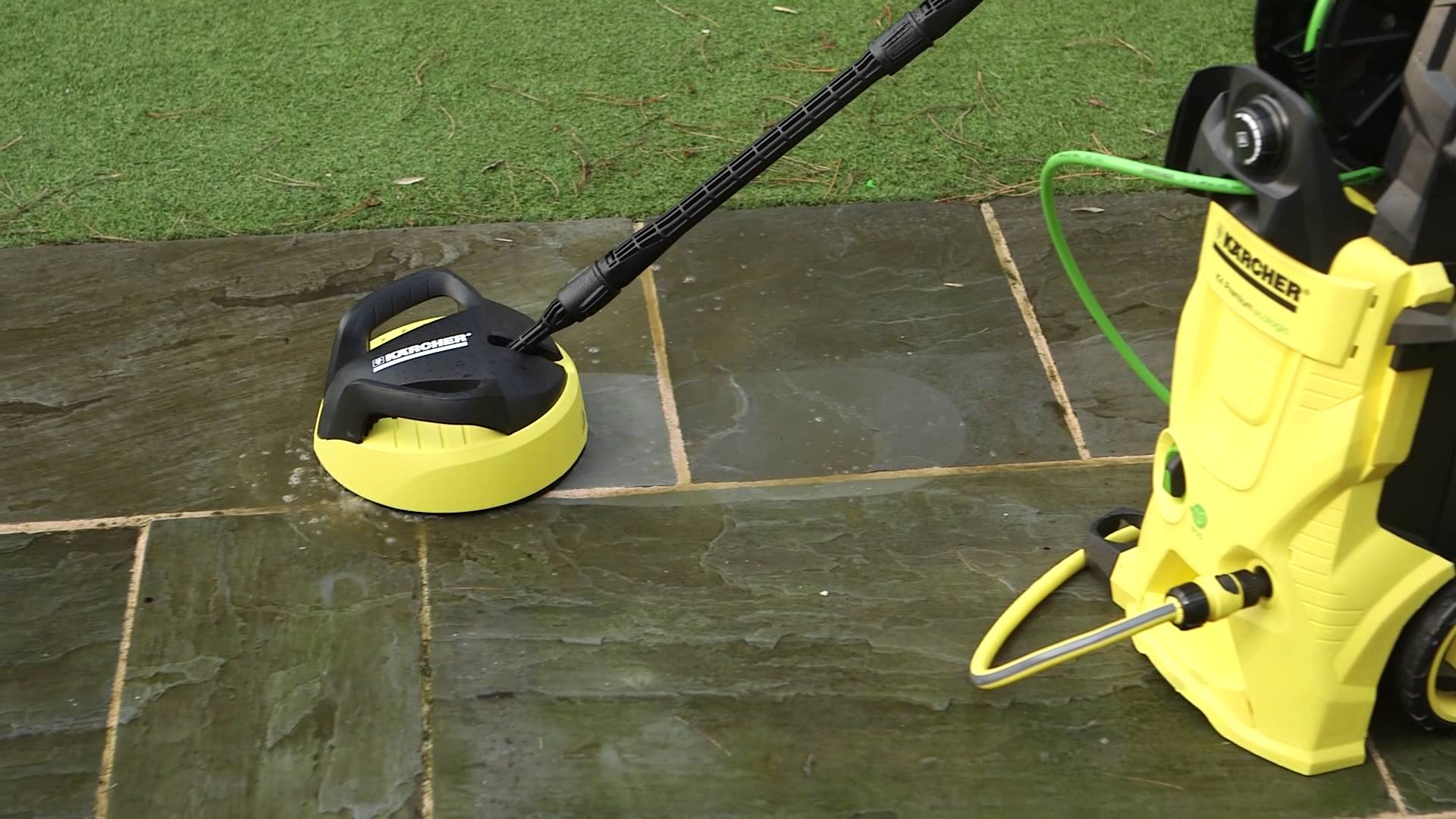
The Ultimate Guide to Choosing the Best Patio Stone Cleaner
Maintaining a beautiful patio requires regular cleaning, and choosing the right patio stone cleaner is crucial. Over time, patios can accumulate dirt, grime, algae, and other unsightly stains that detract from their appearance. Selecting the appropriate patio stone cleaner not only enhances the aesthetic appeal of your outdoor space but also helps prolong the life of your patio stones. This comprehensive guide will walk you through everything you need to know to make an informed decision, ensuring your patio remains a welcoming and enjoyable area for years to come. Understanding the different types of cleaners, the specific challenges your patio faces, and the environmental impact of your choices are all essential considerations. Let’s dive in!
Understanding Different Types of Patio Stone Cleaners
The market offers a wide range of patio stone cleaners, each with its own set of advantages and disadvantages. Understanding these differences is the first step in choosing the right product for your needs.
Acidic Cleaners
Acidic cleaners, typically containing muriatic acid or hydrochloric acid, are powerful solutions for removing tough stains like rust, efflorescence (the white, powdery deposit that sometimes appears on concrete), and mineral deposits. However, they can be harsh on certain types of stone, such as limestone and sandstone, potentially causing discoloration or etching. Always test an acidic patio stone cleaner in an inconspicuous area before applying it to the entire surface. Safety precautions, including wearing gloves and eye protection, are paramount when using these cleaners. [See also: How to Remove Rust Stains from Patio Stones]
Alkaline Cleaners
Alkaline cleaners, also known as degreasers, are effective at removing oily stains, grease, and organic matter. They are generally safer for delicate stones than acidic cleaners but may not be as effective on mineral-based stains. These cleaners often contain ingredients like sodium hydroxide or potassium hydroxide. When using alkaline patio stone cleaner, ensure proper ventilation and avoid prolonged skin contact. Rinsing thoroughly after application is essential to prevent residue buildup.
Neutral pH Cleaners
Neutral pH cleaners are a gentler option suitable for routine cleaning and maintenance. They are safe for most types of stone and are less likely to cause damage or discoloration. These cleaners typically contain surfactants and detergents that lift dirt and grime without harsh chemicals. While they may not be as effective on stubborn stains, they are a good choice for regular cleaning to prevent buildup. A good patio stone cleaner with neutral pH will maintain your patio’s appearance without causing harm.
Enzyme Cleaners
Enzyme cleaners use natural enzymes to break down organic stains like algae, mold, and mildew. They are environmentally friendly and safe for use around plants and pets. However, they may require longer contact times to be effective. Enzyme-based patio stone cleaners are a great option for those looking for a sustainable cleaning solution. They are particularly effective in damp or shaded areas where organic growth is prevalent. [See also: Eco-Friendly Patio Cleaning Solutions]
Identifying Your Patio Stone Type
Different types of patio stones require different cleaning approaches. Knowing the type of stone you have is crucial for selecting the right patio stone cleaner and avoiding damage.
Concrete
Concrete is a durable and versatile material commonly used for patios. It can withstand a variety of cleaning methods, but it’s still important to choose a patio stone cleaner that is specifically formulated for concrete. Acidic cleaners can etch concrete, so it’s best to avoid them. Alkaline cleaners and neutral pH cleaners are generally safe and effective. Regular sweeping and occasional pressure washing can also help keep concrete patios clean.
Natural Stone
Natural stone, such as limestone, sandstone, slate, and granite, adds a touch of elegance to any patio. However, it’s also more porous and susceptible to staining than concrete. Acidic cleaners should be avoided on most natural stones, as they can cause irreversible damage. Neutral pH cleaners and enzyme cleaners are generally the safest options. Always test the patio stone cleaner in an inconspicuous area before applying it to the entire surface. Sealing natural stone can also help protect it from stains and make it easier to clean.
Brick
Brick patios are charming and durable but can also be prone to staining and efflorescence. Acidic cleaners can be used on brick to remove efflorescence, but it’s important to dilute them properly and rinse thoroughly. Alkaline cleaners are effective for removing organic stains and grime. A good patio stone cleaner for brick will help maintain its color and prevent deterioration. [See also: How to Prevent Efflorescence on Brick Patios]
Addressing Common Patio Stains
Different types of stains require different cleaning approaches. Identifying the type of stain you’re dealing with is essential for choosing the right patio stone cleaner and achieving optimal results.
Algae and Mildew
Algae and mildew thrive in damp, shaded areas and can make your patio look unsightly. Enzyme cleaners and bleach solutions are effective for removing these stains. For stubborn cases, a pressure washer can be used, but be careful not to damage the stone. Regular cleaning and improved drainage can help prevent algae and mildew from returning. Using a patio stone cleaner designed for algae removal will keep these growths at bay.
Oil and Grease
Oil and grease stains can be difficult to remove, especially if they’ve been allowed to soak into the stone. Alkaline cleaners are the best option for these types of stains. Apply the cleaner liberally and let it sit for a few minutes before scrubbing and rinsing. For old, stubborn stains, you may need to repeat the process or use a poultice to draw the stain out. A powerful patio stone cleaner can lift these stains effectively.
Rust
Rust stains can be caused by metal furniture, tools, or fertilizers. Acidic cleaners are effective for removing rust stains, but they should be used with caution on delicate stones. Always test the cleaner in an inconspicuous area first. Alternatively, you can try a rust remover specifically formulated for stone. Preventing rust stains by using rust-resistant furniture and avoiding the use of metal tools on your patio is also a good strategy. A specialized patio stone cleaner for rust removal will address these issues.
Efflorescence
Efflorescence is a white, powdery deposit that can appear on concrete and brick patios. It’s caused by mineral salts migrating to the surface and can be unsightly. Acidic cleaners are effective for removing efflorescence, but it’s important to address the underlying cause to prevent it from returning. Improving drainage and sealing the patio can help. Regular cleaning with a patio stone cleaner can also keep efflorescence at bay.
Application Techniques and Safety Precautions
Proper application techniques and safety precautions are essential for achieving optimal results and protecting yourself and your patio. Always read and follow the manufacturer’s instructions carefully. Wear gloves, eye protection, and appropriate clothing to protect yourself from chemical exposure. Ensure proper ventilation when using cleaners indoors or in enclosed spaces. Test the patio stone cleaner in an inconspicuous area before applying it to the entire surface. Rinse thoroughly after application to remove any residue. Store cleaners safely out of reach of children and pets.
Pressure Washing
Pressure washing can be an effective way to clean patios, but it’s important to use caution to avoid damaging the stone. Use a low-pressure setting and a wide nozzle to prevent etching or chipping. Always test the pressure washer in an inconspicuous area first. Pressure washing can be particularly effective for removing algae, mildew, and loose dirt. However, it may not be sufficient for removing stubborn stains. Using a patio stone cleaner in conjunction with pressure washing can enhance the results. [See also: The Dos and Don’ts of Pressure Washing Your Patio]
Scrubbing
Scrubbing is a more manual cleaning method that allows you to target specific stains and areas. Use a stiff-bristled brush and a patio stone cleaner to scrub the surface thoroughly. Rinse frequently to remove dirt and grime. Scrubbing is particularly effective for removing oil, grease, and other stubborn stains. It’s also a good option for delicate stones that may be damaged by pressure washing.
Soaking
Soaking involves applying the patio stone cleaner to the surface and allowing it to sit for a period of time before rinsing. This allows the cleaner to penetrate the stain and break it down. Soaking is particularly effective for removing algae, mildew, and other organic stains. Follow the manufacturer’s instructions for recommended soaking times.
Choosing an Environmentally Friendly Patio Stone Cleaner
With growing concerns about the environment, choosing an environmentally friendly patio stone cleaner is becoming increasingly important. Look for cleaners that are biodegradable, non-toxic, and free of harsh chemicals. Enzyme cleaners and plant-based cleaners are good options. Consider the packaging as well. Choose cleaners that come in recyclable or refillable containers. By making environmentally conscious choices, you can keep your patio clean without harming the planet.
Maintaining Your Patio for Long-Term Beauty
Regular maintenance is key to keeping your patio looking its best. Sweep your patio regularly to remove dirt and debris. Clean up spills immediately to prevent staining. Apply a sealant to protect your patio from the elements. Repair any cracks or damage promptly to prevent further deterioration. By following these simple tips and choosing the right patio stone cleaner, you can enjoy a beautiful and inviting patio for years to come. Investing in a quality patio stone cleaner is an investment in the longevity and appearance of your outdoor space.
Conclusion
Choosing the best patio stone cleaner involves considering several factors, including the type of stone, the type of stain, and your environmental concerns. By understanding the different types of cleaners available and following proper application techniques and safety precautions, you can keep your patio looking its best for years to come. Remember to always test the cleaner in an inconspicuous area first and to follow the manufacturer’s instructions carefully. With the right patio stone cleaner and a little bit of effort, you can transform your patio into a beautiful and inviting outdoor oasis.

